Framing basement walls vapor barrier are important for the basement as it guards the basement against moisture, mold due to the presence of damps in basement areas.
Vapor barriers come in form of plastics or foil sheets which help to stop water vapor from getting to the walls, ceilings, attics, craw places, or the roof of a building.
If a vapor barrier is not present in your house, it would cause moisture to easily creep in and your walls and building would eventually damage and it would cause building collapse.
Water can cause a lot of damage and havoc on your building and it would also weaken the insulation used on your basement wall that is why it is important to know what to do, how to do it, the best hand to do it and the materials to be used while doing it.
As you may know, water vapors are not visible to the eye; they come in form of gases instead of liquid or solid.
This water vapor melts down on the materials used during construction; and can be diffused from the warm, humid, cold, or dry exterior parts of the building.
Water vapors can become condensation if they pass through your walls, ceilings, or other barriers and they come in contact or meets up with any surface or material that has a lower temperature below the dew point.
It is important to have a vapor barrier fixed in your house to help control water vapor from condensing and attacking your building at any point in time.
Table of Contents
Basement Vapor Barrier Yes or No
It is a yes to have a vapor barrier in the basement because it will help prevent moisture from creeping into the basement at any point in time and cause any unwanted damage or harm to the building. It also keeps mold away and stops water damage in any part of your basement.
Since moisture and mold are two things no one wants to see in their basement and building, the vapor barrier is the only and most effective way to control this and put an end to it in your basement.
Which Vapor Barrier is best for Basement Walls?
Polyurethane sheetings are the best and typical form of vapor barrier most people use to stop moisture from coming into the house through the basement walls. This is very good because they are installed with the use of a stapler on the frame of your basement wall before the finishing or plastering takes place.
Here are the best vapor barrier for basement wall:
- Poly Sheeting – 10×100 Feet Heavy Duty
- Clear Poly Sheeting – 10×100 Feet – Heavy Duty
- TRM Manufacturing 610B Weatherall 6 Mil Black Poly Plastic Sheet
- Frost King P1025/6W Polyethylene Sheeting
- 1000sqft NASATECH (6 Mil Reinforced Scrim) White/Foil (Waterproof) Vapor Barrier
How to Install Vapor Barrier in a Basement Wall
Below are steps on how to install a vapor barrier in your basement walls:
- Make sure that your walls are well protected against anything or obstacle around it.
- You must clean, get the walls dried, and ensure that there is no form of cracks or damages on the walls. To achieve this, you should carry out a thorough investigation on the wall.
- Ensure that you use silicone caulk on the windows, doors, or any form of gaps that might be seen around those places. This is very important to help put things together and to enable you to install the vapor barriers properly on your basement wall.
- Since you already know where the vapor barrier goes in the basement, make sure that the vapor barrier you are about to use is well spread out on the basement walls. You can make use of a stapler or nail depending on what is available to hold the top sheet every 2-feet.
- This would make sure that there are proper protection and good placement of the vapor barriers on your basement walls.
- It is also important that you make each sheet you are using to move above the wall footings and get to the floor with at least 12-inches.
- Ensure that each of your sheets is overlapping the wall with at least 4-inches. And you would have to double up the edges of each sheet to enable you to achieve this.
- Make sure that the edges of your sheets are well-secured using a vapor barrier seam tape to do it.
- Make sure that the tape goes from top to bottom.
- You can use your hands or any flat object to ensure that the tape covers and relaxes on all the areas you are using it to secure.
- Make sure that the wall studs you are using and the insulation you want on the wall is placed above the vapor barrier, after this is done you can then pick up the bottom of the sheets that passed over the floor, get it folded up to come over the bottom edge of your insulation.
- You can still use your stapler or nail depending on what you have available to put all of them in place over the studs.
- At this stage, you can add or apply your drywall or the finishing materials you are using for this purpose on the walls. It all depends on what you have available.
Other tips you can also bear in mind while installing a vapor barrier in a basement wall are as follows:
- You have to check and fix any form of cracking’s and damage that might have occurred on the wall as earlier stated. It’s a must to get them fixed.
- It is best to install your vapor barrier in a basement against the foundation walls before you put up your studs and before the main insulation takes place.
- Ensure that the barriers you are installing are tightly placed across, and make sure that all large surfaces you have been dressed to become flat. This is very important.
- Do not make the mistake of cutting the materials you are using, and be careful not to allow them to tear apart.
- Make sure that the barrier is well placed up to your electrical sockets, pipes, windows, and any other form of obstruction around. It is good to use a sealing material to get them secured and put in place.
- Use non-faced insulation on your vapor barrier.
- In cases where you are trying to fix old insulation on top of existing insulation, cut it well to avoid any form of bubble effect on it. Remember that moisture can come in from openings in the barriers and this would not be good for your home.
- But if your insulation has an already made vapor retarder on it, there would be no need to install the same on it.
- Just make sure that your paper barrier is facing the interior side of the wall and get the insulation to face the exterior side of the wall.
- Do not make the mistake of trying to get your insulation puffed up, stretched, or fluffed in any way. Doing so might end you up tearing any attached barrier. The simple thing to do here is just to roll it up and open it.
- Check your type of insulation to know if it can serve as a vapor barrier at the same time.
- You must have your masks on, eye protection, gloves, and long sleeves to protect yourself. Remember you must be protected while doing this to avoid anything affecting you and your workers.
Pros of Vapor Barrier in Basements
Control of Temperature
Temperature is very important in a house, the vapor barriers help very well in the control of temperature and giving your house the required temperature during any season.
Stops Dampness or Odor
No one wants to experience this in their basement; the vapor barrier would control this and disallow any form of dampness or odor in your basement.
Stops the Growth of Mold
Moisture gives room for molds to grow in a basement. But vapor barrier would help prevent this in places like enclosed damp areas and other places where moisture can easily creep in.
Protects Your Pipes
Your pipes would be well protected against any form of damage as long as there are vapor barriers installed in the house. These pipes make use of electricity to work and run effectively, but if there be any form of moisture on the basement can bring about rot and corrosion or even to the extent of pipe bursting or breakage at any spot.
Good Energy Efficiency
The presence of moisture in a house or basement can cause some forms of fluctuations and you would need this addressed properly with the presence of vapor barriers that have moisture-resistant materials on them. This will help you achieve more energy efficiency for your building at any point in time.
Cons of Vapor Barrier in Basement
Easy Damage Due to Materials Used
Some materials used for vapor barriers can easily wear out and damage. This can cause a huge problem in your basement.
Loses Ease of Insulation
Depending on the materials used, some can make your insulation not work properly, you must be careful to know the type of vapor barrier and the materials to use while achieving this.
Expensive
Some of the materials can be very high to afford and this can stop someone from carrying out this project when you don’t have the required finances for it.
Maintenance
The cost of maintenance can also be a challenge to this, due to the type of material used and the type of environment you stay in, you might always have to do regular maintenance to avoid any form of damage at any time.
Final Thoughts
The importance of framing basement walls vapor barrier cannot be over-emphasized; they are important in maintaining good stability, protecting your basement and other parts of the building, etc. You need to seek recommendations on the type of vapor barrier to use depending on where you live and the type the engineer thinks would work better for your home.

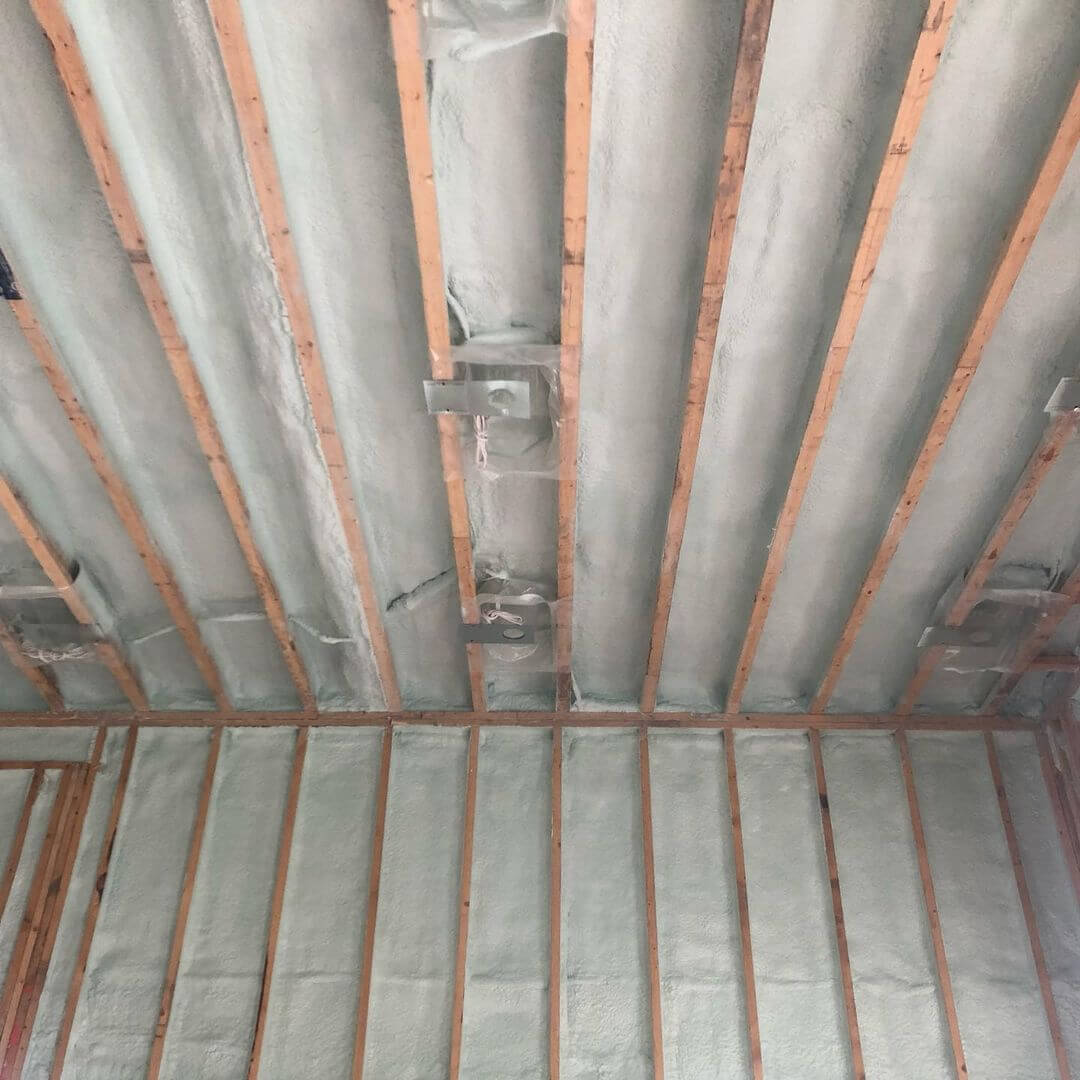
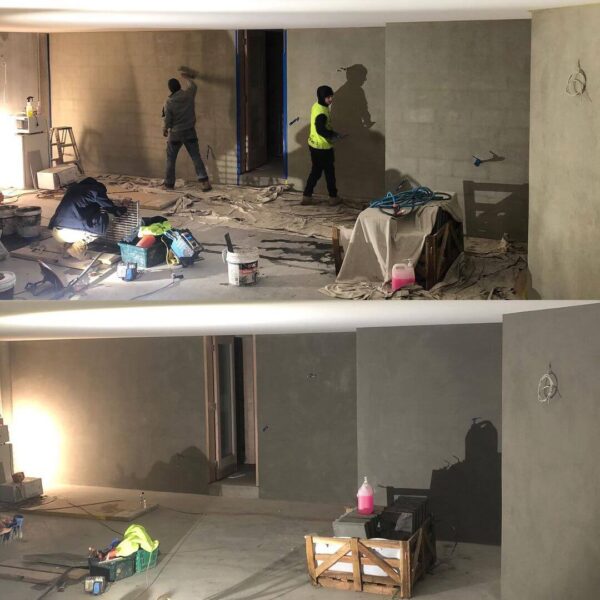
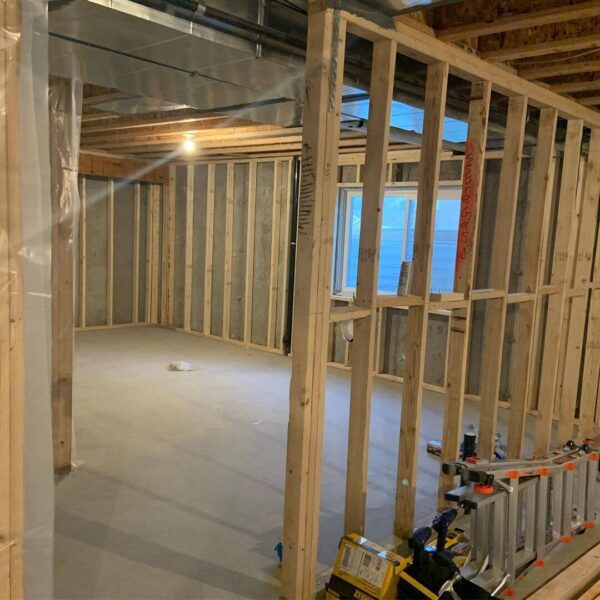
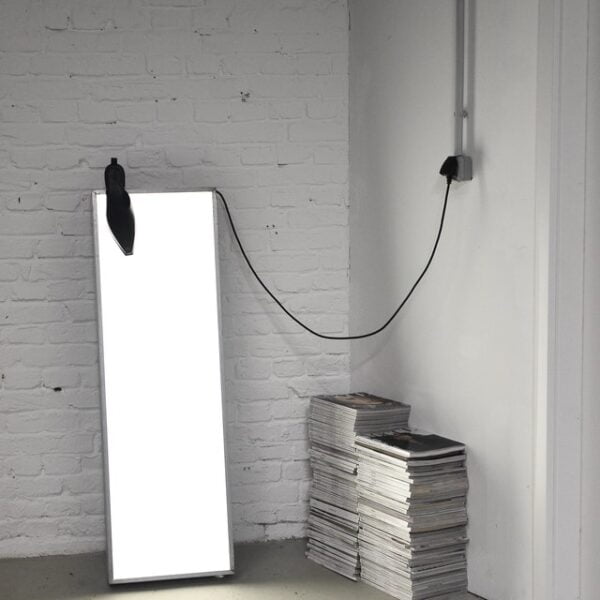

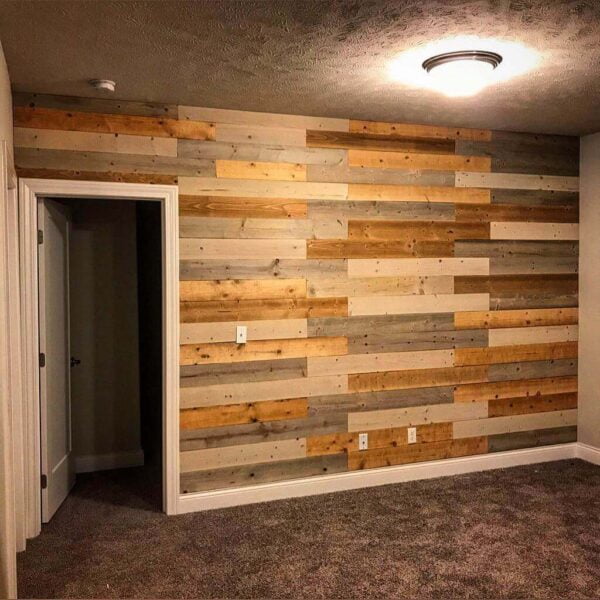

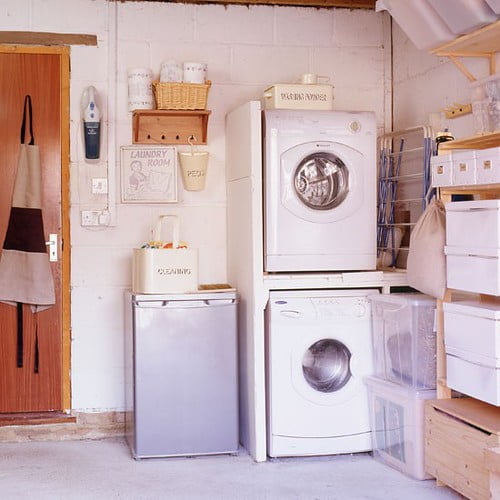
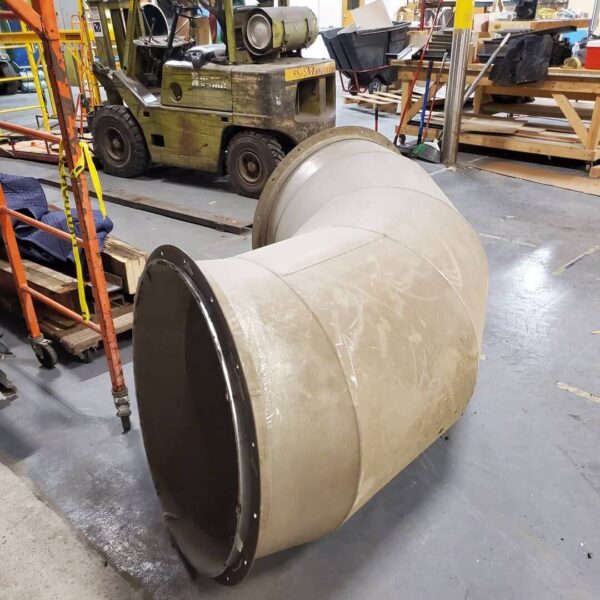
Leave a Comment